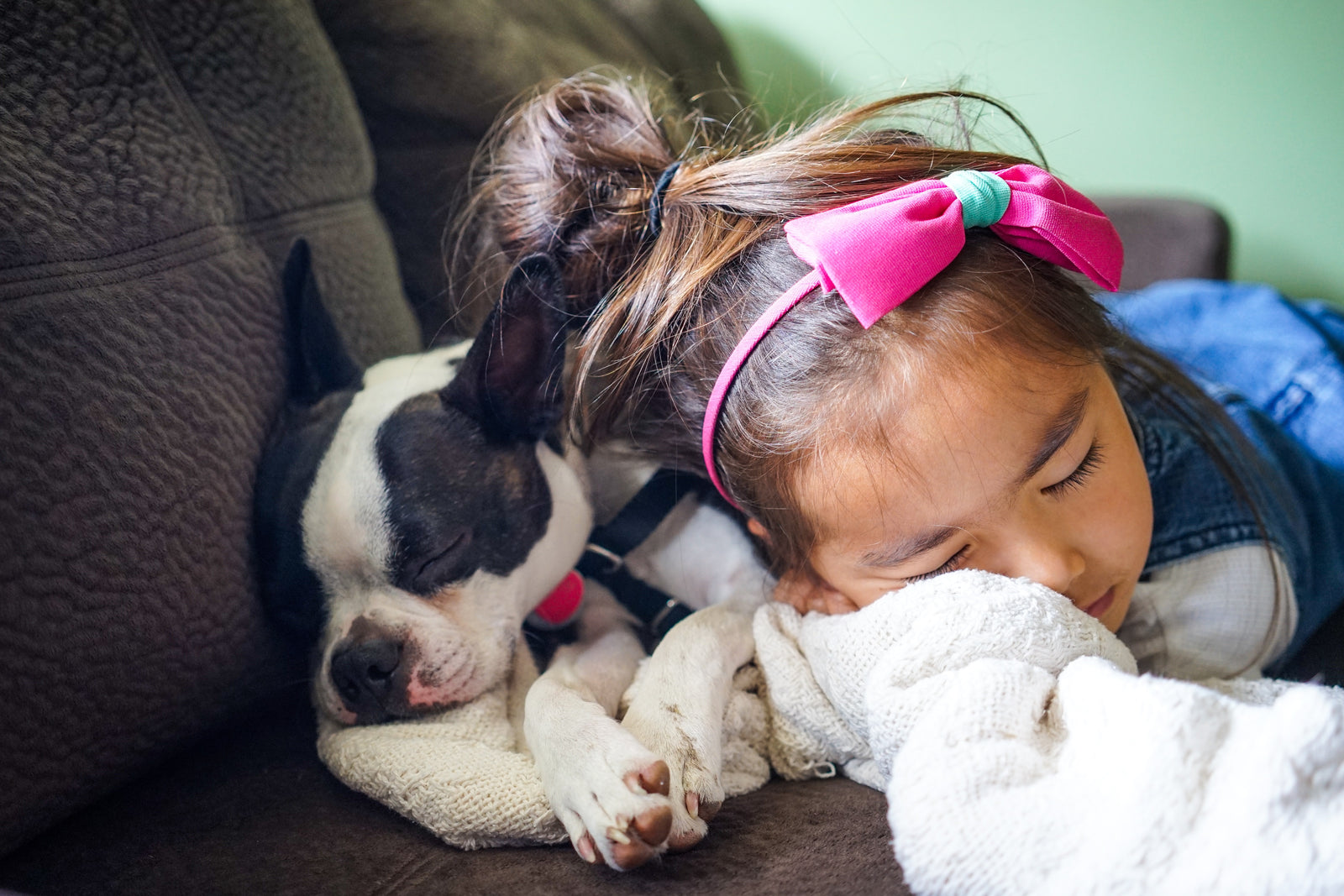There are few things more impactful on a child’s life than the death of a family pet. According to one study, the children surveyed continued to describe the loss of their pet as the worst day of their lives even years after the event. Is it any wonder, then, that parents often feel a lot of pressure to handle the situation perfectly?
You already know that being a parent isn’t about achieving perfection; it’s about doing the best you can with the tools available to you. Helping your kids cope while grieving the family pet is no different. There are likely to be hiccups along the way, but with a little knowledge and preparation, you can help ensure they face this challenge in a healthy and positive way.
Let’s take a look at some areas of focus.
Keeping the Dialogue Open
Your most immediate challenge following the death of a family pet is actually talking about it. Your approach to this is likely to vary depending on your kid’s age — research shows that children aren’t able to grasp the concept of death until they’re between 5 and 7 years old. This means that it’s important to approach it with a light touch, taking time first to consider how much of the nature of death they understand. Start the conversation in a way that guides your child toward the news, rather than dropping them into what can be a distressing and confusing topic.
As with much else, your child is likely to have a lot of questions. Though it’s certainly important to be age appropriate in your answers, it’s equally vital to be honest. Sugar-coating the issue with half-truths or avoidance tends only to lead to more confusion. Instead, be realistic, but be kind. If there are questions you don’t know the answers to, be open about this, and where possible work with your child to find them.
Making Arrangements
Encourage your kids to have input on key decisions about your pet’s remains. While they may not be of the right age to choose between burial and cremation, help them to select pet urns or caskets that they feel best suit their late companion. Allow them to choose an appropriate location to scatter the ashes, or decorate an area in which the urn can sit on display as a memorial. They’ll not only feel less excluded at what can be an emotionally fraught time, but it also gives them a positive activity to direct their grief toward.
While it’s not necessarily traditional to hold a pet funeral, this can be a useful structure through which you can keep your kids engaged. Have them design an order of service, choose songs that they associate with the good times they had with their pet, write short eulogies. These tasks not only occupy them with practical, creative activities, they also provide a forum through which kids can openly and positively talk about their beloved family pet.
Reading illustrated books that discuss pet loss can also be very beneficial for children and adults. One of my favorites is Until We Meet Again.
Moving On
Pets hold a special place in our lives, particularly for kids. However, there always has to be a point at which we start to move on — it’s an important part of the grieving process. Make it clear to your child that taking those steps to return back to normal is not the same as forgetting about their furry sibling. Let them know that the happy memories of the family pet will still be a part of your lives, and you may even want to make a point of celebrating their birthday each year.
One key mistake that parents often make is trying to fill the space left in your child’s life with a new animal. Having a pet is a great way to teach a child responsibility, but don’t be in a hurry to introduce a new companion; you don’t want to give the impression that you’re trying to replace a family member. Make this part of your ongoing conversations as you move on together, reassure your kids that you will only seek to adopt another animal when everybody is ready to do so.
Conclusion
Our pets can often be more like siblings to our children. As such, it’s important to treat the death of an animal with the same sensitivity as you would any other family member. Keep them engaged throughout the funerary process, provide space for them to talk openly, and work together to return to both keep their memory alive and move on with life.
Photo by Leo Rivas on Unsplash
Guest blog from Green Meadow Memorials

